n3jc
Civil/Environmental
- Nov 7, 2016
- 189
This is a residental object. Some masonry walls in upper floor do not coincide with walls bellow (they are 200 mm off). This are requirements of the architect.
Can this be an issue for RC slab which is 160 mm thick?
100 mm of upper bearing wall lies on supported part of a slab and 200 mm does not. I do not think this can be a shear problem for RC slab but I rather ask?
I was also thinking about making the last 200 mm of slab (edge) 200 mm thick (somethinkg like extended RC horizontal tie) - detail B in attached file below.
I have the same problem where RC beam is instead of a wall.
What do you guys think/suggest?
(ps. sorry for poor language)
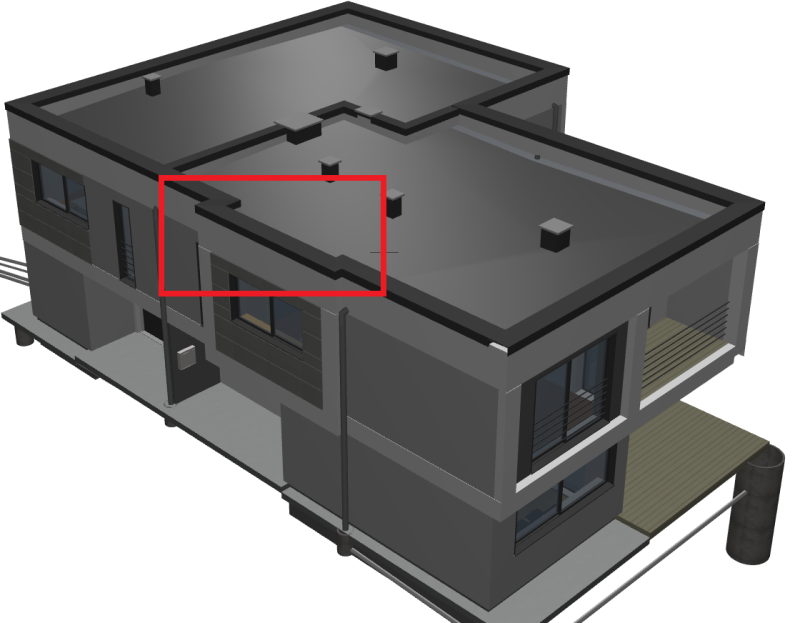
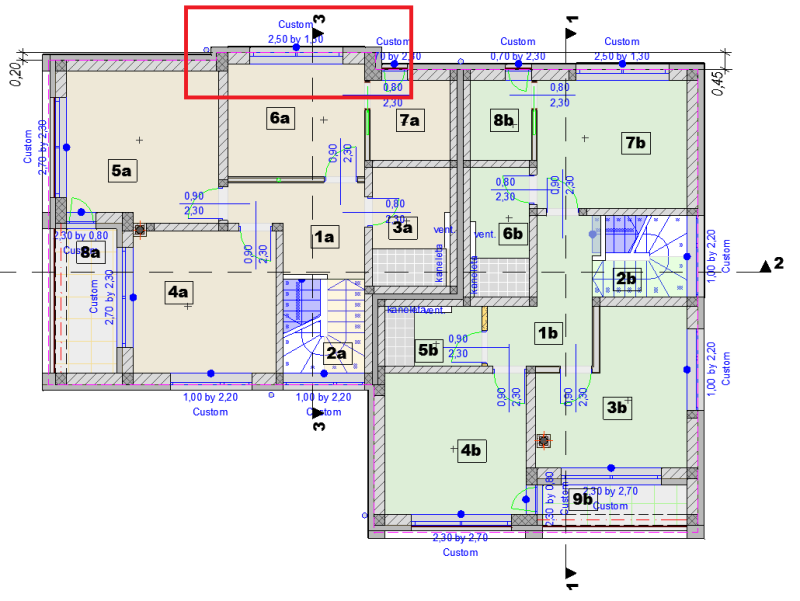
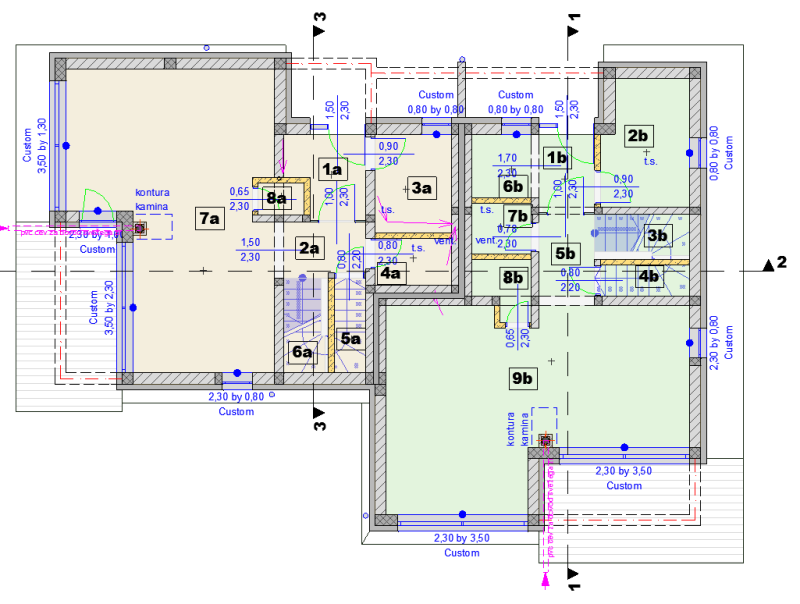
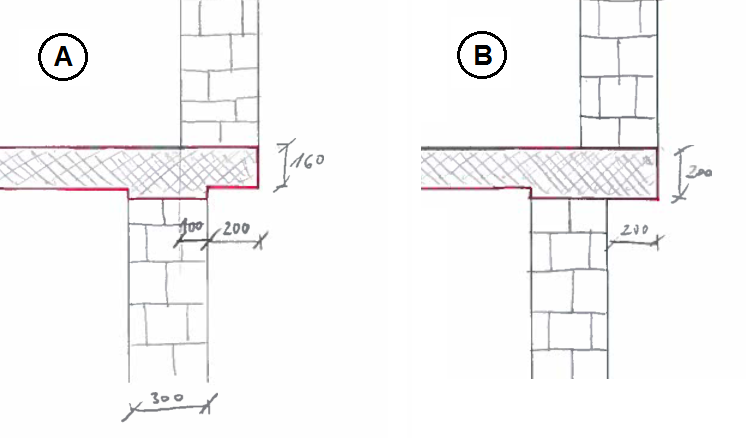
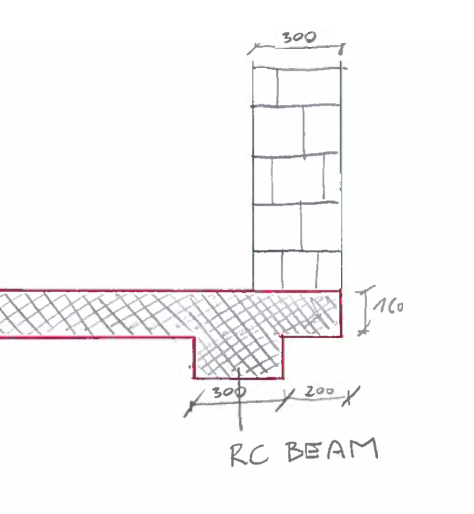
Can this be an issue for RC slab which is 160 mm thick?
100 mm of upper bearing wall lies on supported part of a slab and 200 mm does not. I do not think this can be a shear problem for RC slab but I rather ask?
I was also thinking about making the last 200 mm of slab (edge) 200 mm thick (somethinkg like extended RC horizontal tie) - detail B in attached file below.
I have the same problem where RC beam is instead of a wall.
What do you guys think/suggest?
(ps. sorry for poor language)








